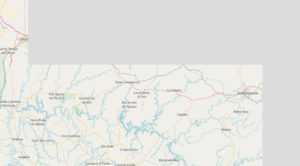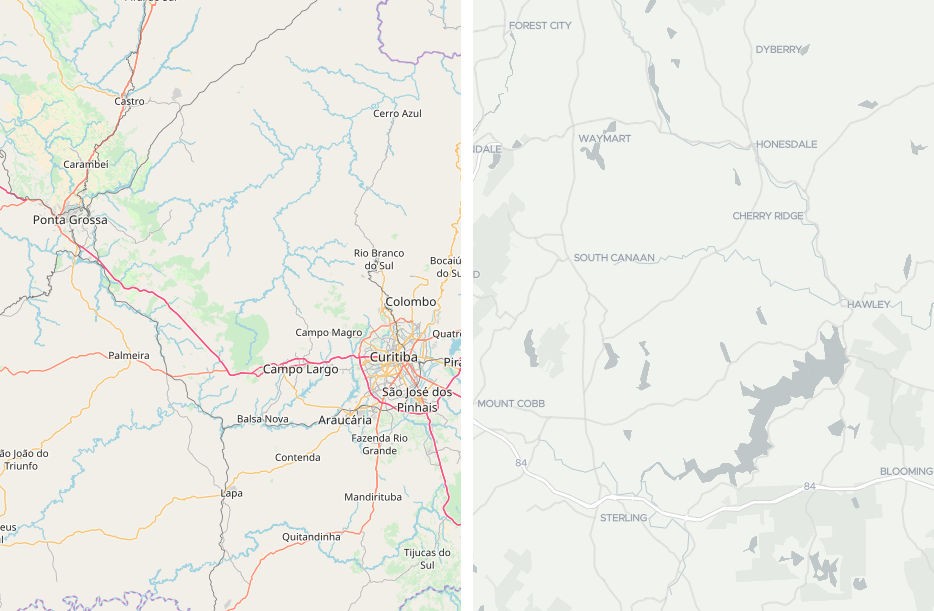"Raster vs vector". Are raster maps outdated and old fashioned? Are vector tiles the new trend in the mapping world? In this article, we will try to cover the advantages and disadvantages of both tile types.
A layer containing the map by itself, streets, rivers, parks, and other objects is a map tiles layer. It underlies every map and is the base layer for a digital map. Map tiles specify how the map will look like, its style and its type. They're calculated and rendered based on the GIS database and distributed from a map provider server. The server gives away to client tiles on demand. So client applications are able to visualize them as a map.
Until recently, all map tiles were in raster form. However, the market for digital maps and component expands and evolves. Nowadays more and more map provides together with raster maps offer vector map tiles.
From now w have a choice. Raster maps vs vector maps. But what to choose? There are pros and cons for both approaches and both of them have some specifics in implementation.
Raster map tiles
Raster map tiles are images by nature of size optimized for the web. Below you can see examples of raster tiles. Map frameworks and SDKs place raster map tiles in the correct order to generate a map as a result.

Pros
- It's proven by time technology, which works on all types of devices (desktop and mobile) and all browsers
- Rendered on a server, raster map tiles do not create performance load on client site
Cons
- There is no way to customize or add new styles on the client site
- Not possible to change labels, show/hide objects in the client application
- During some moment you can see empty areas on the screen on map move/zoom. That is to say, it takes some time until the required tiles are loaded.

Vector map tiles
In comparison to raster tiles, vector tiles are not images, but binary files. They contain all the required information to generate a map on the client side.
Pros
- Map and labels style can be changed in client application on a fly
- Tiles have a very small size, which makes them ideal for streaming and offline maps
- The map is moved, zoomed in/out smoothly without rendering delays
Cons
- Rendering happens on the client side, which could create performance problems on slow devices
- Not all SDKs for vector maps have a mobile version yet. It happens that visualization is not correct or too slow on some devices
- There is no standard, not binding you to a map provider SDKs yet
Vector vs raster map tiles: what to use?
So what to use? It depends on the needs of your application. We would recommend you to go to vector tiles direction if the size of map tiles and styling flexibility is important for your application. And stay with raster version of maps if maps should work on any types of devices, including slow one.
Geoapify offers raster and vector tiles with different styles for your map
With Geoapify APIs you can create a custom map from scratch. We offer different styles for maps, so you can choose a "look and feel" for the map. We have affordable prices and tariff plans for a different load. Furthermore, you can start using our APIs for free and upgrade later to a tariff plan which corresponds to your budget and needs.
